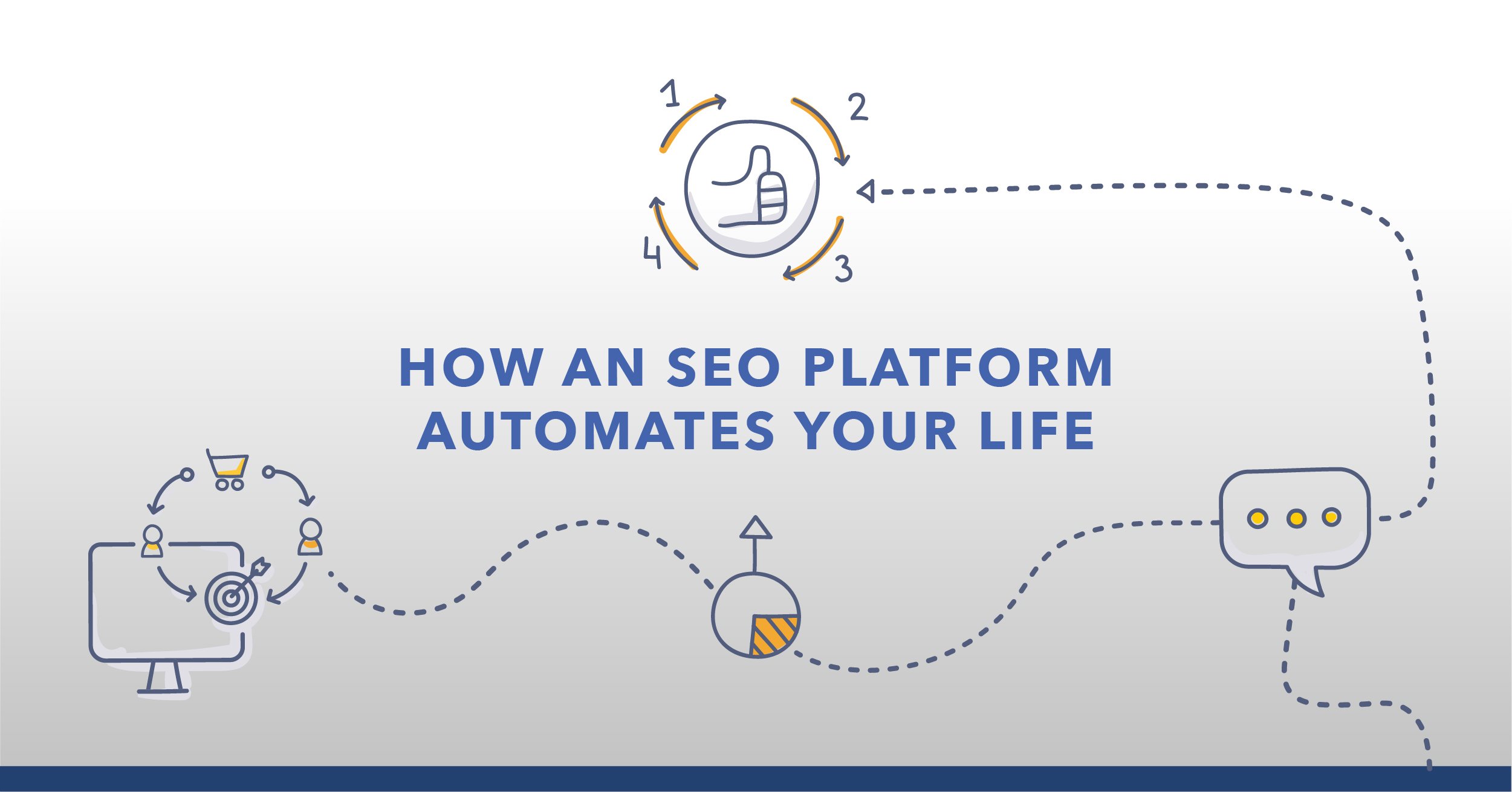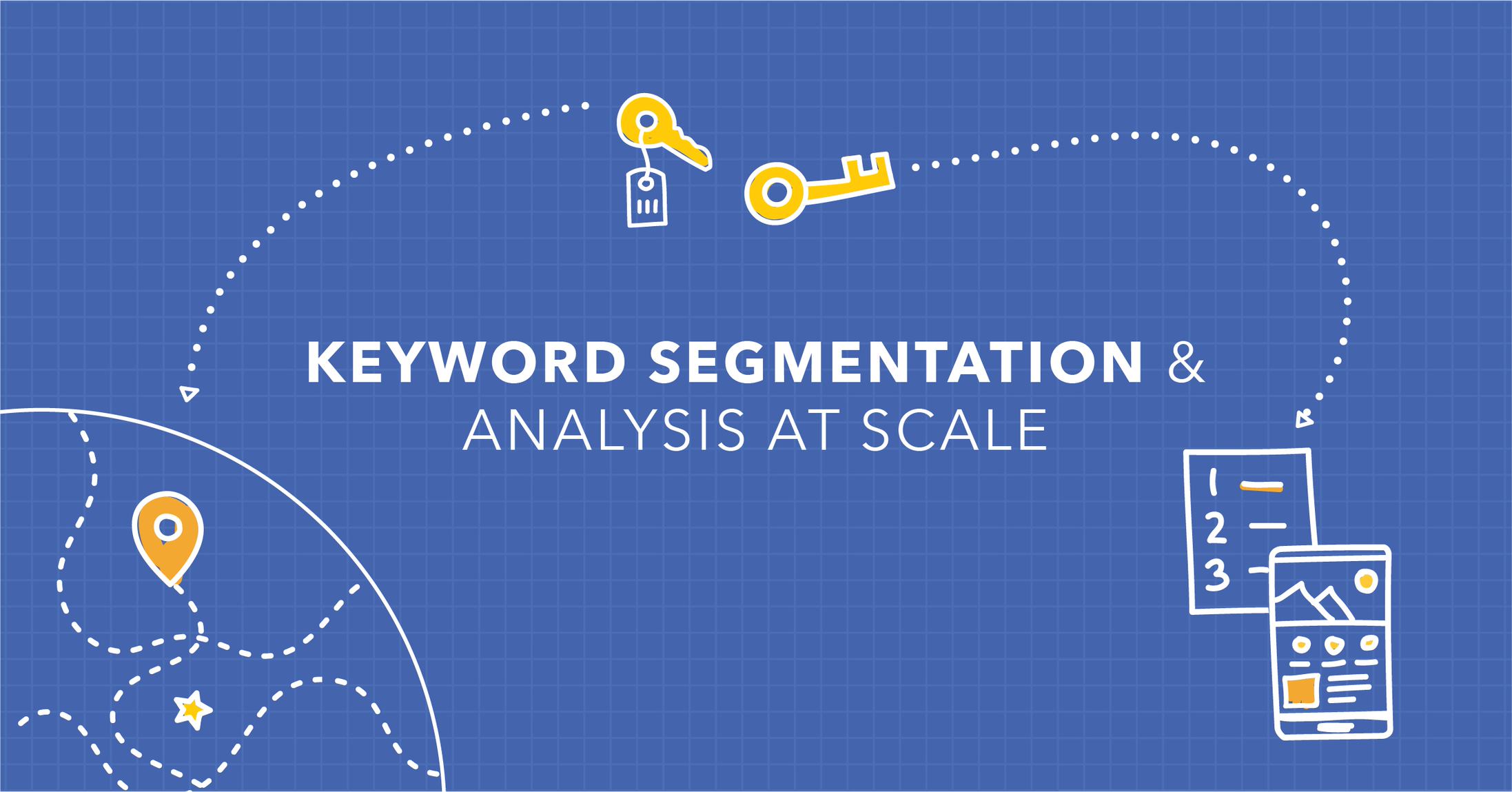Internal links are the primary means by which search engines discover pages when crawling a site.
Despite +60% of SEOs who claim internal linking is a top priority, it remains one of the hardest areas of optimization. Not to mention that 62% of SEOs say they can’t implement internal links without the dev team.
Fortunately, new developments in AI help streamline and simplify this historically challenging task.
Below, we’ll address the importance of internal linking, the barriers to implementing an effective internal linking strategy, and the AI-powered solution to overcoming those challenges.
Prefer video? Watch this discussion on scaling internal linking using AI between digital marketing expert, Mark Traphagen, and our VP of Client Success, Chris Sachs.
Table of Contents:
- The Importance of Internal Linking for Enterprise Sites
- The Barriers to Internal Linking At Scale
- Internal Linking At Scale Is VERY Challenging
- Previous Enterprise Internal Linking Solutions Have Been Ineffective
- The Solution to Internal Linking At Scale: Link Optimizer, Now Includes Generative AI
- Control Your Link Destiny
The Importance of Internal Linking for Enterprise Sites
Large enterprise sites with deep levels of site categorization and many products often experience difficulty getting their pages discovered and indexed by search engines.
This causes products to get buried in the hierarchy and remain unfound because they don’t appear important. Or worse, search engines don’t crawl deeper linked product pages and categories as often.
That’s where internal linking comes into play.
When implemented correctly, internal links create a network of associations among relevant content regarding a particular subject. This network enables your audience to explore beyond the initial post or article they came across when visiting your website.
A well-planned internal linking strategy also helps eliminate broken links and redirect loops while simultaneously enhancing the overall authority and crawl efficiency of your website.
Ultimately, effective internal linking unlocks a multitude of ranking opportunities and enhances your website's performance.
To add to the appeal, internal linking is also completely under your control, unlike external link building.
Recommended Reading: 7 Benefits of Internal Linking in SEO
The Barriers to Internal Linking At Scale
If internal linking is so beneficial and important, why do many enterprise SEOs avoid the task altogether?
Internal Linking At Scale Is VERY Challenging
Internal linking across hundreds of thousands of pages is extremely difficult.
To internal link at scale, you need to determine what pages to link to and what anchor text to use, deploy the new links, measure the impact, and adjust your internal linking strategy based on the results.
Feeling overwhelmed yet?
Recommended Reading: 5 Challenges of Internal Linking at Scale
Previous Enterprise Internal Linking Tools Have Been Ineffective
Until now, there hasn’t been a solution to help companies overcome this daunting enterprise SEO challenge. Options up until this point have been manual, tedious, and failed to consider important factors that make internal links effective.
It's even worse with the many browser plugin solutions, which are ineffective when it comes to contextualizing what they link and often slow down your site with high CPU rates.
As a result, enterprise sites have either been forced to miss out on the huge SEO opportunity that internal linking provides or spend years building their own in-house internal linking system.
But with rapid advancements in artificial intelligence, a new solution has emerged.
The Solution to Internal Linking At Scale: Link Optimizer, Now Includes Generative AI
Now integrated with Sia, our AI-powered SEO assistant, ClarityAutomate™ Link Optimizer leverages the capabilities of ChatGPT to provide the only front-to-end automated internal linking solution.
Link Optimizer automatically analyzes, creates, publishes, and tracks the performance of deep internal links to increase discoverability and expand ranking opportunities.
It enables SEOs to:
- Surface pages and keywords that are underperforming based on search volume and impressions
- Automatically identify the most impactful internal linking opportunities, optimal target pages, and the pages that should link to them but currently do not.
- Instantly implement internal links across your site and automatically track their performance
- Facilitate the management of thousands of pages and millions of potential keywords that may increase rankings and traffic
- Prioritize specific pages and keywords based on seasonality or market opportunities
- Control and approve what is deployed
How Link Optimizer Works
Leveraging sophisticated AI technology and natural language processing, Link Optimizer—which made its initial debut during Release Week 2023—automatically identifies the most advantageous internal linking opportunities. It achieves this by analyzing your site's content, current performance, and competitive landscape to construct intelligent semantic link clusters.
Essentially, it connects all of the data already present in seoClarity to eliminate guesswork and missed opportunities when creating internal links.
Using these semantic link clusters, it identifies ideal target pages and the pages that should link to them but currently do not. Then, it seamlessly implements these internal links across your entire website in an instant.
What's more, Link Optimizer tracks the performance of all newly created links, allowing you to monitor their impact and make data-driven decisions.
See Link Optimizer, Now With Sia AI Integration, In Action:
Control Your Link Destiny
Unlike other linking tools, Link Optimizer ensures SEOs are always in control and have final say over all link destinations and anchor text. Interactions with Link Optimizer even train our algorithm so it keeps recommendations fresh.
Ready to automatically deploy internal links at scale? Sign-up for a demo of ClarityAutomate™ Link Optimizer.
<<<This post was originally published in February 2023 and has been updated.>>>







Comments
Currently, there are no comments. Be the first to post one!